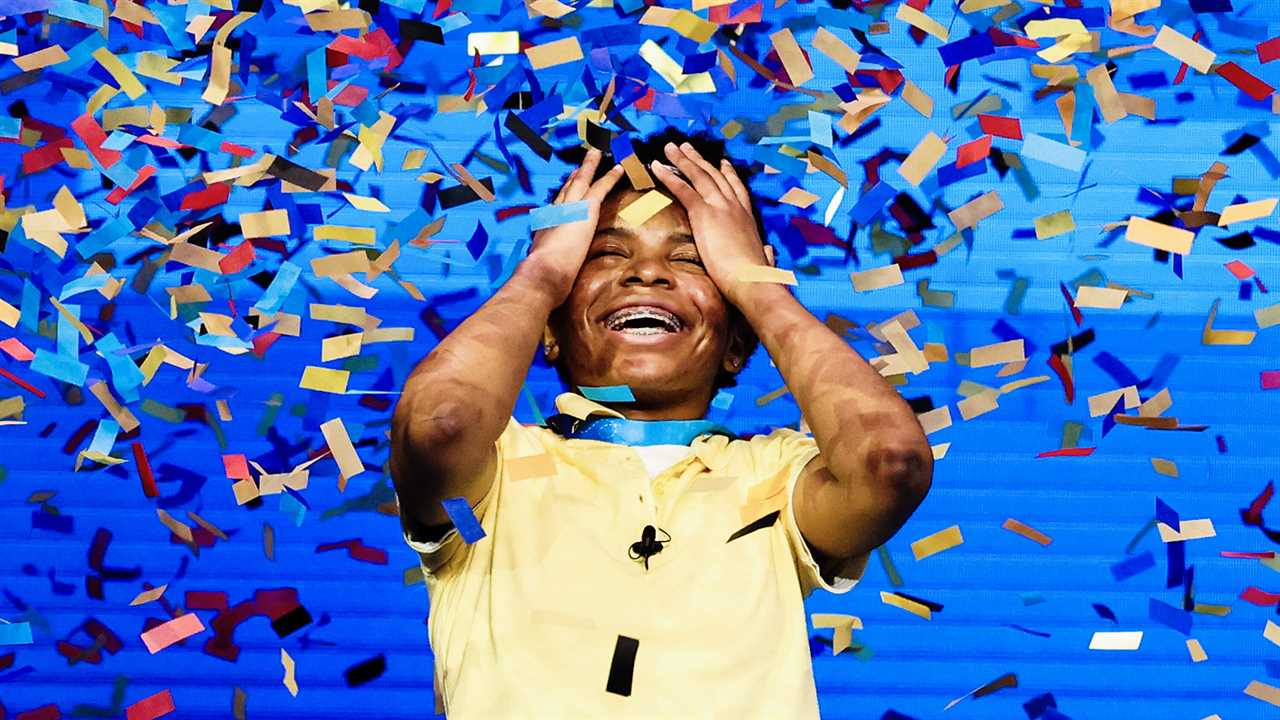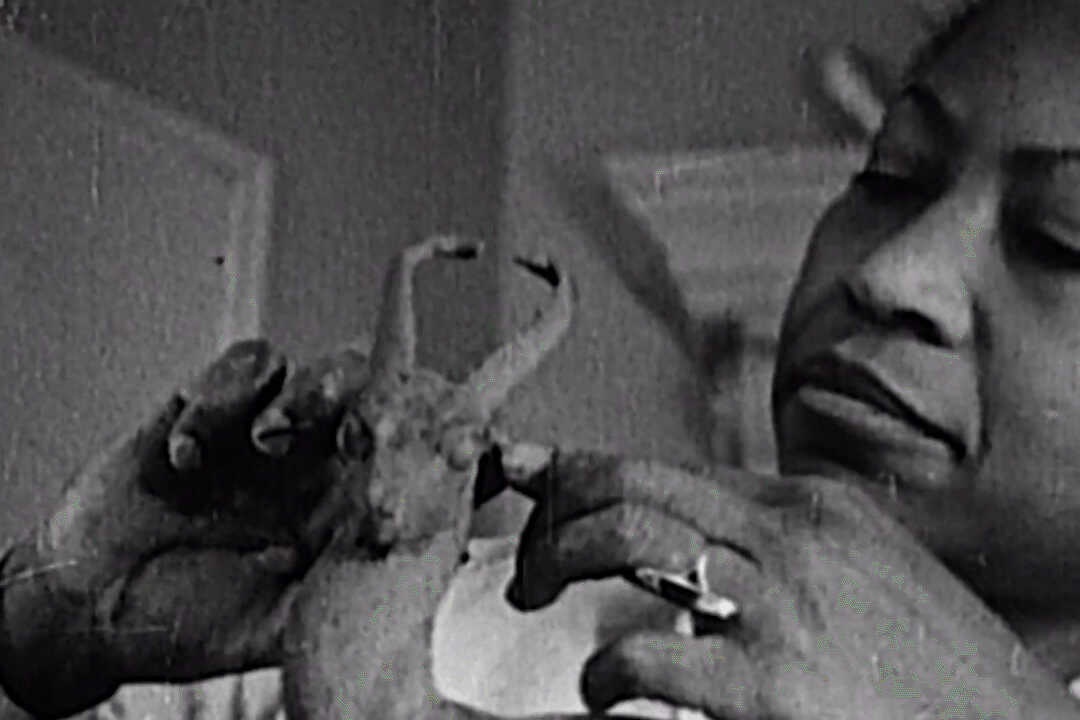
By Dodai Stewart
On a Wednesday morning in January, Kamala Harris became the first Black woman — and the first woman of color — sworn into the office of Vice President of the United States.
During the inauguration ceremony, Amanda Gorman, a Black writer and, at 22, the youngest inaugural poet in U.S. history, recited “The Hill We Climb.” The New York Times critic Dwight Garner wrote that Ms. Gorman “offered a fortifying tablespoon of American plain-spokenness. She offered lucidity and euphony.”
It was Black history in the making, televised to millions — and a hint at what was to come in the new year.
2021 was always destined to be viewed through the lens of the year that came before, and 2020 was a milestone in Black history. Following the death of George Floyd under the knee of a police officer, the summer of 2020 churned with turmoil. Americans took to the streets in what was estimated to be the largest movement in U.S. history. There were demonstrations, confrontations, protests and declarations; over and over, we heard the phrase “Black lives matter.”
When The Times launched the Black History, Continued project in January 2021, part of the project’s mandate was to explore the wide variety of ways in which Black history unfolds. This ongoing series has been assembled, in part, to expand the kinds of stories that are — and aren’t — canonized as part of progress’s march, as well as to shine a spotlight on some lesser-known yet remarkable moments in Black history and figures in Black culture.
In many ways, 2021 demonstrated the breadth of stories that make up Black history. Some of those moments made headlines: Along with the inauguration of the first Black woman to the executive branch, there was the election of Raphael Warnock as the first Black senator to represent Georgia. President Biden became the first president to formally memorialize the Tulsa massacre, and he later signed legislation declaring Juneteenth a federal holiday.
The year also had its share of notable firsts for Black Americans, at home and abroad. In 2021, Tishaura Jones became the first Black woman to be elected mayor of St. Louis. In fact, for a brief period of time during the summer and fall, there were a record number of Black women mayors at the helm of large U.S. cities.
Josephine Baker became the first Black woman to have the honor of being interred at the Panthéon in Paris. Terence Blanchard, 59, is the first Black composer to have his work performed at the Metropolitan Opera.
Sika Henry became the first African American woman to be recognized as a pro triathlete and, at the Olympics in Japan, the 28-year-old Texas native Tamyra Mensah-Stock became the first Black woman to win a gold medal in wrestling.
And Zaila Avant-garde, a 14-year-old from Louisiana, became the first Black American contestant to win the Scripps National Spelling Bee — after almost 100 years of competitions.
Ms. Avant-garde, in particular, provided some of the year’s most memorable images, exuding an infectious joy upon winning — she spun around in the confetti, laughing — and delighting newfound fans with her varied list of accomplishments. (She also rides a unicycle, can divide five-digit numbers by two-digit numbers in her head and set three Guinness world records for dribbling and juggling basketballs.)
But as Imani Perry explained in the Black History, Continued series’ opening essay, “Do We Ask Too Much of Black Heroes?”, Black history is about so much more than firsts. “No one person can tell the whole story,” she wrote, “no matter how heroic that person might be.”
In that spirit, many of this year’s notable moments were not stately rites or celebratory breakthroughs. 2021 also brought significant achievements that were more personal and incremental — the baby steps a nation takes as Black history marches forward.
One year after the Pulitzer Prize Board posthumously recognized Ida B. Wells-Barnett, who died in 1931, for “her outstanding and courageous reporting on the horrific and vicious violence against African Americans during the era of lynching,” the board again affirmed the ongoing contribution of Black women to citizen journalism. Darnella Frazier, 18, was awarded a special citation by the Pulitzer Board, which praised her for “courageously recording the murder of George Floyd, a video that spurred protests against police brutality around the world.”
Two champion Black athletes chose to step back from the spotlight, challenging the way fans think about the demands of public scrutiny. The tennis player Naomi Osaka withdrew from the French Open and spoke openly about her battles with depression. The Olympic gymnast Simone Biles opted out of several events at the Olympic Games in Tokyo, citing her mental health and a concern for self-care.
In each case, many spectators were disappointed but the decision was regarded as an important acknowledgment of the pressure of expectations that’s often disproportionately carried by superstar Black athletes.

And in 2021 Hollywood finally gave the greenlight to a long-rumored movie about Black Superman, with the award-winning author Ta-Nehisi Coates on board as the writer. As the comic-book writer Tom Taylor told us: “Everyone needs heroes. And everyone deserves to see themselves in their heroes.”
Many of the stories in our Black History, Continued series focused not on newsmakers but on everyday expressions of Black joy, wherever they were found.
The forager Alexis Nikole Nelson, so cheerfully charming on TikTok, is one of the urban adventurers who are ensuring that future generations of Black Americans understand their heritage and legacy when it comes to connecting with the land.
On the water, Black surfers are reclaiming the waves, and their place in surfing’s storied history, as they become a more visible and vital presence in the sport. As Diane Cardwell (herself a surfer) wrote, “Surfing with other Black people can also foster a profound sense of healing, of being seen and understood, and of finding kinship through an experience shared with people who know your culture and history in an ocean that your ancestors may have traversed.”
And much of the year’s consideration of Black history involved exactly that — history — and the ongoing work to revisit the past to forge a new understanding of the present.
The author and historian Martha S. Jones traveled a couple hundred years back to bring readers the story of Abigail, an enslaved woman who was brought to Paris in 1782 by the American statesman John Jay, writing, “To give a fuller accounting of our nation’s founding and the many early Americans who contributed to it, I have collected small shards of the past that bring Abigail more clearly into view.”

Amid debates over whose work is commemorated in public art and monuments, we examined the highly acclaimed but often overlooked sculptor Augusta Savage, who was the only Black artist whose work was shown at the 1939 New York World’s Fair in Queens, N.Y.
Betty Reid Soskin, the oldest active ranger in the National Park Service, has dedicated her late-life career to ensuring that stories like hers are told at National Parks, including the Rosie the Riveter / World War II Home Front National Historical Park where she is stationed.
“When I became a ranger,” Ms. Soskin told us on the eve of her 100th birthday, “I was taking back my own history.”
Having seen and made history over a full century, Ms. Soskin embodies a lesson that 2021 demonstrated: Black history is not a static and stately historical record but a living narrative that’s still unfolding, with many more stories to tell.






